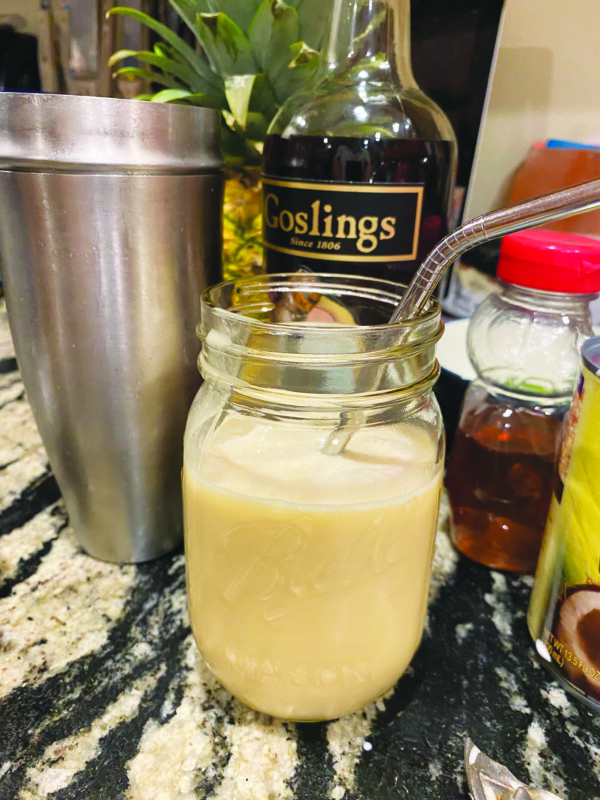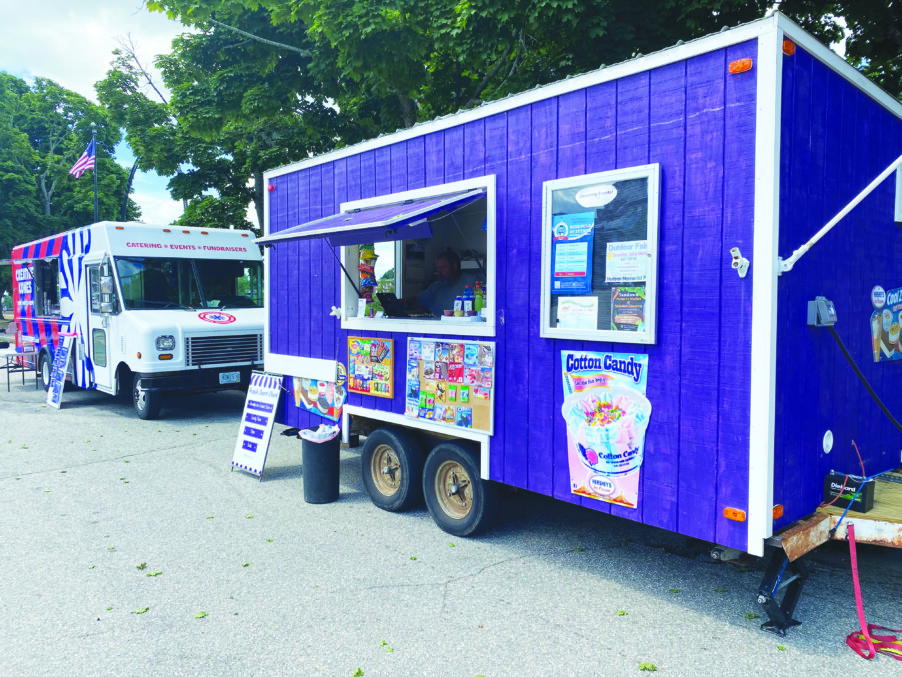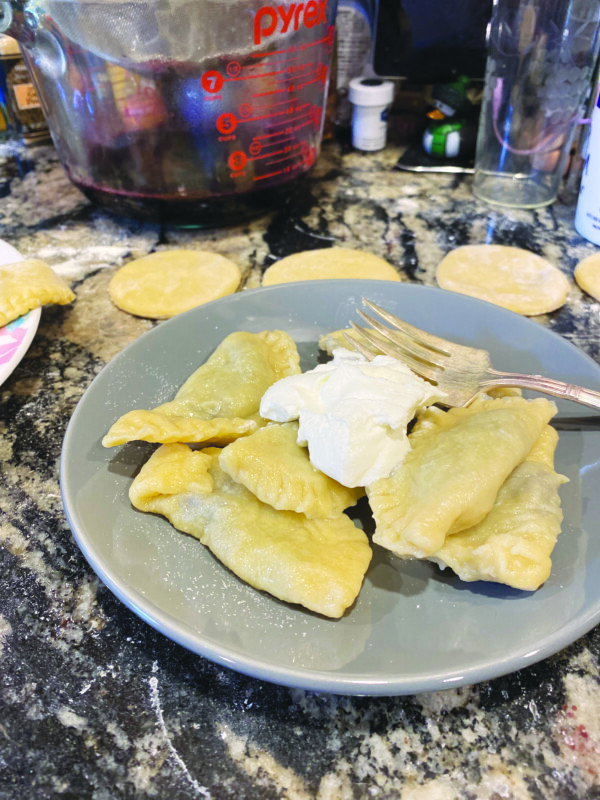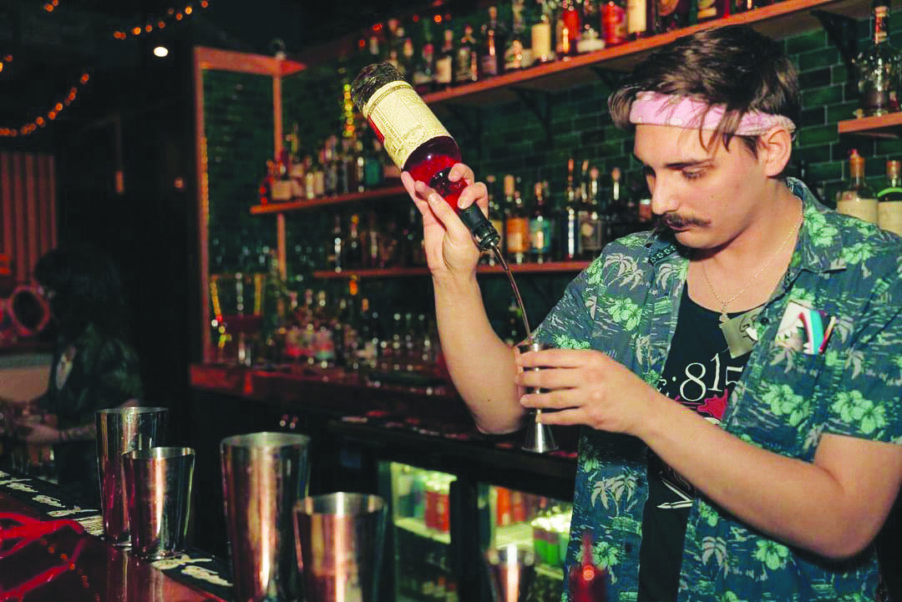A shockingly large percentage of 20-year-olds are convinced that they make an extremely good piña colada. They aren’t precisely wrong; a 20-year-old’s piña colada tastes really good — to a 20-year old. Fill a blender with ice, pour it about a third of the way up with pineapple juice, half a can or so of pre-sweetened cream of coconut — the one with the parrot on it — and an unconscionable amount of rum.
Grind, whiz, slurp, and you’ve got something that will be a big hit with other 20-year-olds. It’s perfect for a dorm room, or a secret party in your buddy’s parent’s garage.
Many of us go through our adult life still convinced that we make a really good piña colada, until one day, after years of not having one, we confidently blend up a batch and are confronted with the fact that like many decisions we made in our youth this one has not aged well.
Most blender piña coladas are too sweet, too slushy, and taste a little like chemicals. So what if we gave the blender a break and made one much less sweet, and not so redolent of polysorbate 60?
A Grown-Up Piña Colada
- 2 ounces dark rum – I like Gosling’s or Pusser’s
- 3 ounces pineapple juice
- 3 ounces coconut milk
- ½ ounce honey syrup (see below)
Honey and pineapple have a natural affinity for each other. The muskiness of the honey tempers the fruitiness of pineapple juice. Unfortunately, if you drizzle honey onto the ice cubes in a cocktail shaker, it will seize up and won’t mix with other ingredients very well. Most bartenders get around this by using honey syrup. It’s like simple syrup, but made with honey, instead of sugar. The water is like a cocktail for the honey, loosening it up and making it more likely to mingle with its new friends.
Combine an equal amount of honey and water in a small saucepan, and bring to a boil over medium-high heat. Stir the mixture to make sure the honey is completely diluted in the water, then take it off the heat to cool. Honey is antimicrobial, so this syrup should last indefinitely in your refrigerator.
Fill a cocktail shaker with ice (make sure that it is large enough to hold eight and a half ounces of cocktail). Add all the ingredients, and shake thoroughly. This is one of those times when it’s OK to shake until you hear the ice breaking inside the shaker.
Pour the chilled drink into a Collins glass or a mason jar, then top it off with more ice, and stir it. Theoretically, you could use a mason jar to shake it, then just remove the lid and add a straw. I’m old enough that it seems like it might be fun to hand out unmixed piña colada at a party and have everyone shake theirs at the same time, possibly while listening to KC and the Sunshine Band’s unlamented classic “(Shake, Shake, Shake) Shake Your Booty.” At the very least it would humiliate and drive away any children present, giving the grownups a little breathing room.
We’ve already established that honey and pineapple juice complement each other. Coconut and pineapple are both from the same neighborhood; they go way back. With actual coconut milk, the finished drink is silky and rich, rather than overly sweet. It goes without saying that rum is everyone’s friend.
Twenty-year-old you would not be impressed. Which is sort of the point.
Featured Photo: Photo by John Fladd.






